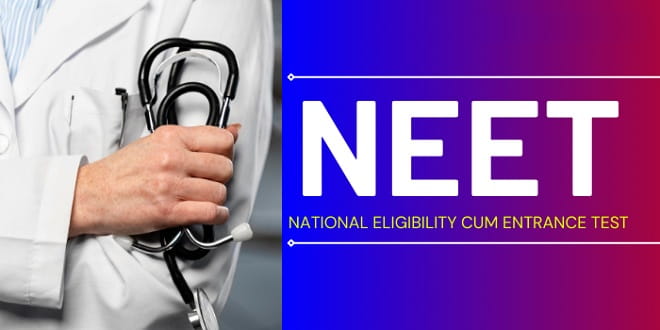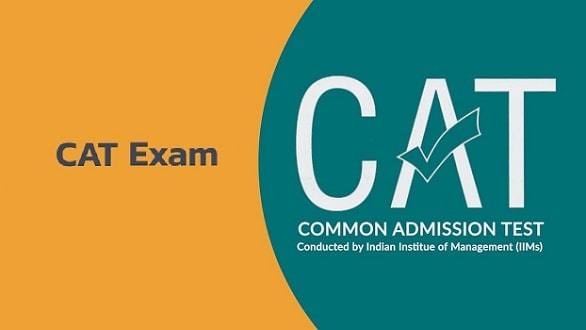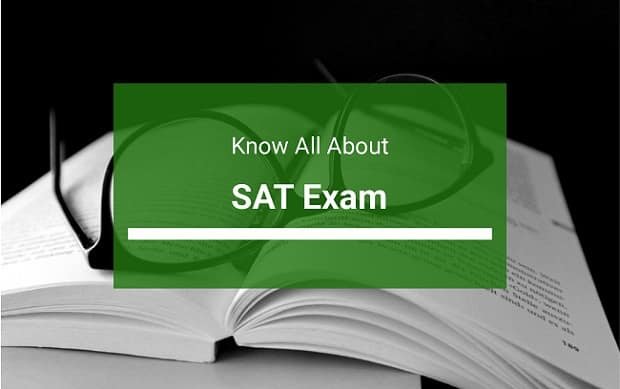Admissions in MBA are based on the entrance test. One of the most popular exams for getting into a management course is CAT, and at the next level, you have the GMAT. GMAT was earlier considered an exam that you must appear for when seeking admission to foreign universities. Things have changed now, and the GMAT score is now also accepted by the Indian Universities. The format of the exam is online, and the exam is divided into four different sections.
There many elite colleges that offer admission based on the GMAT score, and you can also review the list of those colleges before you appear for the exam. If you are interested in appearing for GMAT, then you will find this article very useful. We have listed all the details about the GMAT Exam in this article. Go ahead and check out everything now.
What is GMAT Exam?
We will start by sharing more information about GMAT. The full form of GMAT is Graduate Management Admission Test, and it is a standardized test conducted at a global level for admissions in management courses. The test is conducted on the computer, and you need to visit a designated centre to appear for the test. GMAT only has multiple choice questions in it, and this test is developed by the associated called GMAC.

Once you appear in the test, the scores are generated immediately, and you get to apply to the colleges based on your score and the cut-off list. During the admission process, the GMAT is the primary criteria that help you get shortlisted; however, the core admission committee also reviews your work experience, academic record, and other activities before giving you admission. It is often said that you should score over 740 in GMAT to get a good college. In 2021, you can also take the exam from home because of the coronavirus outbreak.
Eligibility for GMAT Exam
The next important thing is to understand if you are eligible to appear in the GMAT exam or not. In this section, we have listed the detailed eligibility criteria associated with the GMAT. Check it out below.
- Age Criteria
- As per the rules, the candidate should be 18 years old to appear in the exam.
- If the candidate is between 13 & 17 years, the written permission is required from the legal guardians or the parents.
- The council has no upper limit for appearing in GMAT Exam.
- Educational Qualification
- As per the GMAC, you should have completed graduation, or you should be in the final year of graduation for appearing in GMAT.
- The degree should be from a recognized university.
GMAT Exam Syllabus & Pattern
The exam fee is high, and it is one of the most expensive exams for an MBA. In such a case, you would want to prepare very well for the exam to crack it in one attempt itself. In this section of the page, we have covered the exam syllabus and pattern for the GMAT. The first thing to notice is that the GMAT is divided into four different sections. These sections are –
- Analytical & Writing Assessment
This section has one essay type question, and it judges you on the argument analysis and your communication skills. You are given 30 minutes to complete the section. The computer algorithm judges your skills in the essay type question. Adding clear ideas around the case would help you in scoring well in the section. You are judged on the analysis of the case, ideas, thoughts, and writing skills.
- Integrated Reasoning
The reasoning section has 12 multiple choice questions, and the syllabus includes graphical interpretation, two part analysis, table analysis, and multi-source reasoning. For this section, you get 30 minutes, and you need to be good with data interpretation to score well. The section will not only test your quantitative skills but will also test your verbal ability. This section can be very time consuming to ensure that you are not spending a lot of time cracking one problem.
- Quantitative Skills
One of the highest-scoring section in the GMAT exam is Quantitative Skills. This section has multiple choice questions, and you get 62 minutes to complete them all. The questions in this section are based on Problem Solving & Data Sufficiency. You will be tested on the concepts of geometry, math and arithmetic. If you have practised enough, then you will be able to score well in this section. Avoid the guesswork and only mark the answer if you are sure of the answer.
- Verbal Ability
The last section of the exam tests your verbal ability, and you are given 65n minutes to complete 36 questions. Here, you are tested on sentence correction, reading passage, and critical reasoning. Many students tend to make wrong choices in this section, and they end up losing marks. We want you to be very focused while working out in this section so that you do not make similar mistake.
Another point to note about the exam pattern is that you choose the sequence of these sections from the three options presented to you. You can choose according to your preference. Moreover, you are also given an option to take an 8-minute break between the sections, and it is optional to take a break. The usual sequence options offered to you are
- Verbal Ability – Break – Quantitative Skills – Break – Integrated Reasoning – Analytical & Writing Assessment
- Quantitative Skills – Break –Verbal Ability– Break – Integrated Reasoning – Analytical & Writing Assessment
- Analytical & Writing Assessment – Integrated Reasoning– Break – Quantitative Skills – Break –Verbal Ability
Age Limit for GMAT Exams
We have covered this in the eligibility criteria, and as mentioned above, there is no upper age limit for appearing in GMAT Exam. Individual institutes and colleges might have a restriction, but otherwise, there is no restriction from GMAC. Also, the candidate should be at least 18 years old to appear in the exam. If the candidate is between the ages of 13 and 17 and he still wishes to appear in the exam, he would need to submit written permission to register for the exam.
When is Result Available?
The result of the GMAT is made available almost instantly. However, this result doesn’t include the score for the Analytical & Writing Assessment. The final result for the exam is made available in 20 days, and this also includes the result for the Analytical & Writing Assessment section. Once you accept the result, you will be able to download the scorecard, and the institute will also share the same with the universities and colleges. The scores that you receive are valid for five years.
Fees for GMAT Exams
The fee for GMAT is on the higher side. You need to pay $250 for each attempt. This translate to roughly Rs 18,250/- going by the present conversion rates. In such a case, you should only appear in the exam when you are confident about the preparation. The GMAT also charges a fee for rescheduling the exam. If you are rescheduling the exam before 60 days, then you are charged %50. If you are rescheduling the exam between 15 and 60 days, then the charges would be $100, and you would end up paying $150 if you are rescheduling the exam between 1 and 14 days of the scheduled date.
The registration process of GMAT Exams
A candidate is allowed to appear five times in GMAT in a year, and hence you can register easily according to your needs. In this section, we have listed the detailed registration process for GMAT Exam. Check out the details below.
- The first step to register for the GMAT exam is to visit the official website. The link to the official website is mba.com.
- You need to click on the Sign Up option from the top right corner and fill in the details.
- Once the account has been created, you need to complete your profile by entering the personal information and profile details. You need to enter the academic information, work details and verify everything entered by you.
- In the next step, you can schedule your exam. To schedule the exam, start by searching for the test centre near you. Select the data and the test slot and make the payment of the fee using a credit or a debit card.
Once the payment is made, the registration will be complete, and you will be able to appear for the exam on the scheduled date.

Rahul Kumar is a passionate educator, writer, and subject matter expert in the field of education and professional development. As an author on CoursesXpert, Rahul Kumar’s articles cover a wide range of topics, from various courses, educational and career guidance.



